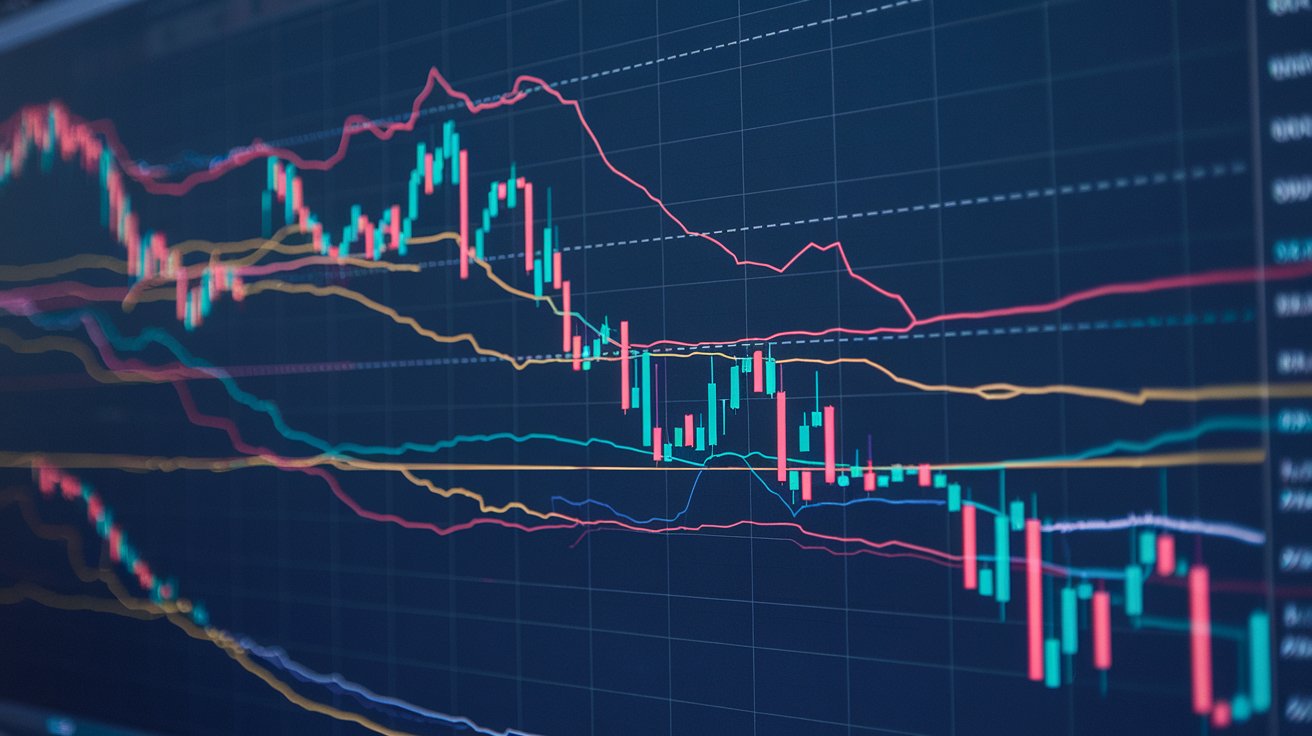Have you ever wondered if the crypto exchange you’re using is truly safe? With digital currencies gaining popularity, scammers are setting up fake exchanges to steal money from unsuspecting users.
Many traders have lost their hard-earned savings by trusting platforms that seemed legitimate at first glance. The worst part?
These scams are becoming more sophisticated, making it harder to spot the warning signs.
But there’s good news—by learning how to identify red flags and taking a few precautions, you can protect yourself from falling victim to these fraudulent schemes. Let’s break down the key ways to stay safe while trading crypto.
Common Types of Crypto Exchange Scams
Fake Exchanges
Scammers create websites that look like real exchanges, tricking users into depositing money. These platforms may offer unrealistic trading benefits to attract victims. Once deposits are made, users either cannot withdraw funds or the site disappears overnight.
Phishing Scams
Phishing involves fake emails, messages, or websites that mimic legitimate exchanges. Victims unknowingly enter their login details, which are then used by hackers to access their funds.
Pump-and-Dump Schemes
This involves artificially inflating the price of a cryptocurrency by spreading false information. Once enough people invest, scammers sell their holdings, causing prices to crash and leaving new investors with losses.
Exit Scams
Some exchanges operate normally at first but suddenly shut down, taking all user funds with them. These scams usually occur in unregulated markets where tracking down the perpetrators is difficult.
Ponzi and Pyramid Schemes
These scams promise guaranteed profits but rely on new investments to pay existing users. When new investors stop joining, the entire scheme collapses, leaving most participants with nothing.
Warning Signs of a Crypto Exchange Scam
Unrealistic Promises
If an exchange guarantees high returns with little or no risk, it is likely a scam. Crypto markets are volatile, and no platform can ensure profits.
Lack of Transparency
Legitimate exchanges provide clear details about their owners and location. If an exchange hides this information, it may not be trustworthy.
No Proper Licensing
Regulated exchanges display their licensing information openly. If an exchange is not registered with financial authorities, it is a red flag.
Poor Website Security
Check if the website has HTTPS encryption and a professional design. Scammers often use poorly made websites that lack basic security features.
High Withdrawal Fees or Delays
If an exchange makes it difficult to withdraw funds or charges excessive fees, it could be trying to hold onto user money for as long as possible.
Pressure Tactics
Scammers often push users to deposit money quickly, claiming limited-time offers or exclusive deals. Trustworthy exchanges do not rush users into making decisions.
Read also
How to Verify a Crypto Exchange Before Using It
Check Regulatory Compliance
Look for registration details and regulatory approvals. Licensed exchanges follow strict guidelines to protect users.
Read User Reviews and Ratings
Search for independent reviews on forums and websites. Be cautious of fake positive reviews, which often lack details or appear repetitive.
Analyze Security Measures
A safe exchange should offer two-factor authentication (2FA), encryption, and offline storage for funds. If these features are missing, reconsider using the platform.
Test Customer Support
Contact customer service with a basic query. If responses are slow, unhelpful, or automated, it may indicate poor reliability.
Start with a Small Deposit
Before committing large amounts, test the exchange with a small deposit and withdrawal. If any issues arise, avoid further transactions.
Steps to Take If You Fall Victim to a Crypto Scam
Report the Scam
File a complaint with financial authorities and online scam reporting platforms. Quick action may help prevent others from being affected.
Freeze Your Accounts
If you used your bank or another exchange to transfer funds, inform them immediately. They might help in blocking fraudulent transactions.
Warn Others
Post warnings on social media, forums, and review sites to alert potential victims. Public awareness can reduce the impact of scams.
Use Crypto Recovery Services
Some cybersecurity firms specialize in tracking stolen crypto funds. While recovery is not guaranteed, experts may be able to help.
Safe Practices to Protect Your Crypto Assets
Use Reputable Exchanges Only
Stick to well-known platforms that have a history of secure operations and positive user feedback.
Store Crypto in Private Wallets
Instead of keeping all funds on an exchange, use private wallets, preferably hardware wallets, to protect your assets.
Enable Strong Security Features
Use strong passwords, enable 2FA, and avoid using the same login credentials across multiple sites.
Stay Informed
Scammers change tactics frequently. Stay updated on new fraud methods by following cryptocurrency news and security reports.
Conclusion
Crypto exchange scams are becoming more sophisticated, but you can protect yourself by recognizing warning signs and taking preventive steps.
Always research before using an exchange, verify its legitimacy and follow safe trading practices.
By staying cautious, you can trade confidently and keep your assets secure.




 Best Practices for Securing Your Crypto Exchange Account
Best Practices for Securing Your Crypto Exchange Account
 Bybit Removed from French Regulator’s Blacklist, Eyes MiCA License
Bybit Removed from French Regulator’s Blacklist, Eyes MiCA License
 Understanding Crypto Exchange Fees and How to Minimize Them
Understanding Crypto Exchange Fees and How to Minimize Them


